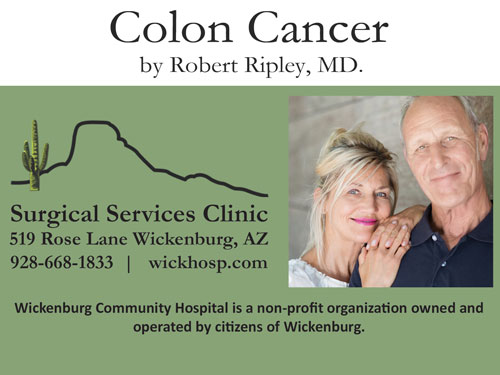By Dr. Sagun Shrestha, Medical Oncologist, Hematologist
Cancer Treatment Centers of America, Phoenix
In the past decade, vaping has reached epidemic levels and has become prevalent among middle and high schoolers across the country. In fact, a recent Centers for Disease Control and Prevention (CDC) survey found approximately 2.55 million U.S. middle and high school students are currently using e-cigarettes. This trend is alarming, especially when considering e-cigarettes can negatively impact adolescents’ developing bodies and brains, leading to possible nicotine addiction, or worse, lung-related diseases and other maladies.
Unfortunately, vaping is often viewed as a healthier alternative to cigarettes. As e-cigarettes do not contain high levels of tobacco, but do include significant amounts of nicotine, many individuals use vaping as a transitional method to kick smoking habits. The myriad of enticing, flavored e-cigarette products further contributes to the popularity.
However, this misinformation that vaping is safe compared to cigarettes is inaccurate and risky. Vaping is not safe for anyone. The combination of hazardous chemicals and the inhalation of potentially carcinogenic compounds pose risks for all who partake.
Though e-cigarettes are believed by some to be less harmful than regular cigarettes, the negative effects are undeniable
The aerosol inhaled when vaping contains a mixture of nicotine, formaldehyde and acrolein among other ingredients. Acrolein, which is commonly used as a weed killer, can cause irreversible lung damage. Formaldehyde has been associated with certain types of cancer.
Yet vaping does not just affect users. The surgeon general concluded those exposed to secondhand emissions, including nicotine, ultrafine particles; flavorings such as diacetyl, a chemical linked to serious lung disease; volatile organic compounds such as benzene, found in car exhaust; and heavy metals, such as nickel, tin and lead, are at increased risk of developing lung cancer.
Two studies published in the American Heart Association’s peer-reviewed journal Arteriosclerosis, Thrombosis and Vascular Biology indicate vaping products and traditional tobacco cigarettes affect cardiovascular systems similarly.
The combination was discovered to have extreme, severe negative effects on heart health. Other concerns with use of these products include airway irritation, and a reduced capacity of large blood vessels to supply sufficient blood to the heart, lungs and other major organs.
Why vaping impacts middle and high schoolers to a greater degree
According to the aforementioned CDC survey, e-cigarettes have become the most commonly used tobacco products among middle and high schoolers.
Though 23.6 million people in the U.S. have a nicotine dependence according to the 2020 National Survey on Drug Use and Health (NSDUH), adolescents are most vulnerable to adverse effects. Nicotine impacts parts of the brain which control attention, learning, mood and impulses and has been linked to an increased risk of addiction to other drugs.
According to the U.S. Food & Drug Administration, long-term use of tobacco products is almost always established during adolescence when the developing brain is most likely to succumb to addiction.
The link between vaping and serious lung-related diseases
While we are still understanding exactly how dangerous vaping is, another surgeon general’s report underscores the point, noting that, if current rates of use continue among youth, 5.6 million are projected to die from tobacco related diseases.
Bottom line: the vaping epidemic must be taken seriously. I am calling for dedicated prevention and interventional resources to be directed at middle and high school students, or even earlier at elementary schools to stop students before they start. As clinical providers, we also play an essential role in having conversations with our youth about the proven health risks tied to vaping. The health of young Arizonans matters and we must unite to protect this precious asset.
Dr. Sagun Shrestha is the medical oncology lead for CTCA Phoenix’s Lung Cancer Center and has a passion for public health education.
is the medical oncology lead for CTCA Phoenix’s Lung Cancer Center and has a passion for public health education.




